John Charles Maggs
British, (1819-1896)Highway Robbery & After the Robbery
Oil on canvas, pair, both signed & one dated 1884
A dramatic pair of coaching paintings depicting a highway robbery attack and its aftermath by John Charles Maggs. The first scene shows the Bath coach being pursued at speed by highwaymen who fire warning shots in the air. In the second painting, we see the stagecoach at a standstill having been robbed, with mail box ransacked and the passengers relieved of their valuables.
The first mail coach was conceived by Bath theatre owner John Palmer in 1782 as a way of delivering a faster and more secure mail service across the country. The idea was taken up by William Pitt, the Chancellor of the Exchequer who introduced the first ever mail-coach in England on Monday 2 August, 1784, which set out between London and Bristol, stopping at Bath. It also allowed for passengers to be carried at a premium fare and by 1785 further routes had been added across the country.
The new mail coaches had a driver seated outside and up to four passengers inside. The guard, who was the only Post office employee on the coach, was heavily armed and travelled on the outside at the rear next to the mail box. The mail was their sole charge and whilst generously paid, they had to remain with the mail for the whole journey. Although the well defended Royal Mail coaches made it more difficult for highwaymen to hold up, they still presented a lucrative target.
John Charles Maggs was a well-known coaching scene painter who was born at 5 James Street, Bath in 1819. His father, James Maggs was an artist and furniture japanner and his uncle was a portrait painter. He studied in Italy for 2 years before returning to Bath where he established himself as a painter and began to specialise in coaching scenes.
He ran a school of painting at his studio located at 34 Gay Street, known as the Bath Art Studio, where his daughter assisted him. Although he does not appear to have exhibited he enjoyed great popularity during his lifetime winning important patrons such as Queen Victoria, the Duke of Beaufort and Joseph Grego. He died at his home in Bath on 3 November 1896 aged 77.
© Benton Fine Art
| Presentation | The paintings are housed in new, English made gilt frames which are in excellent condition. |
| Condition | As with all of our original antique oil paintings, these works are offered in ready to hang gallery condition, having been professionally cleaned, restored and revarnished. |
Dimensions
| Image Size (each) | 13.5 inches x 25.5 inches (34cm x 64.5cm) |
| Framed Size (each) | 19.25 inches x 31.25 inches (49cm x 79.5cm) |
You May Also Like















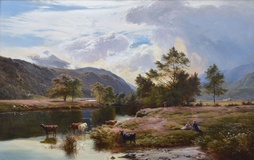
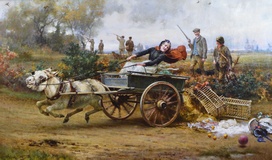
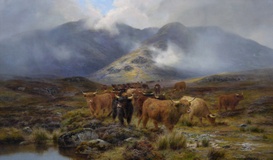

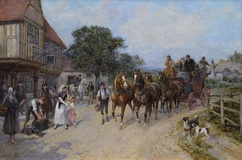
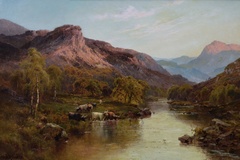

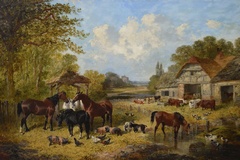
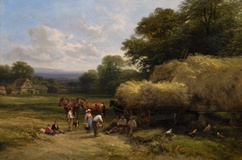
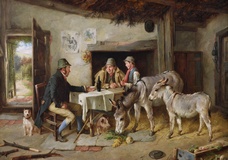
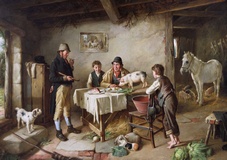
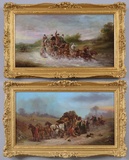 Highway Robbery & After the Robbery - John Charles Maggs
Highway Robbery & After the Robbery - John Charles Maggs

